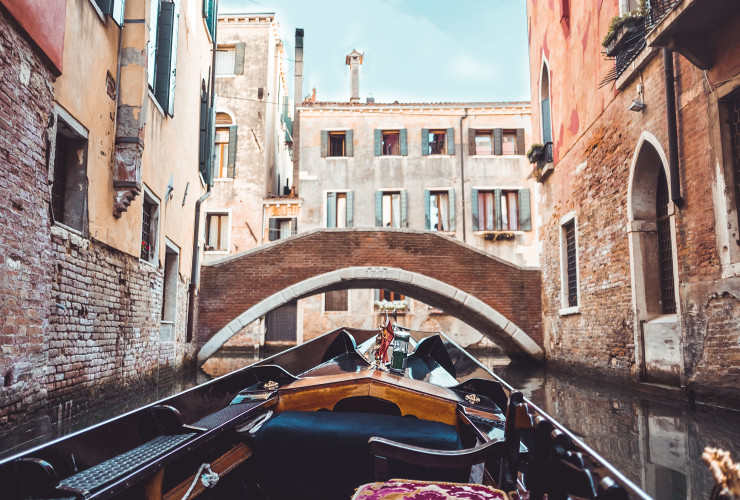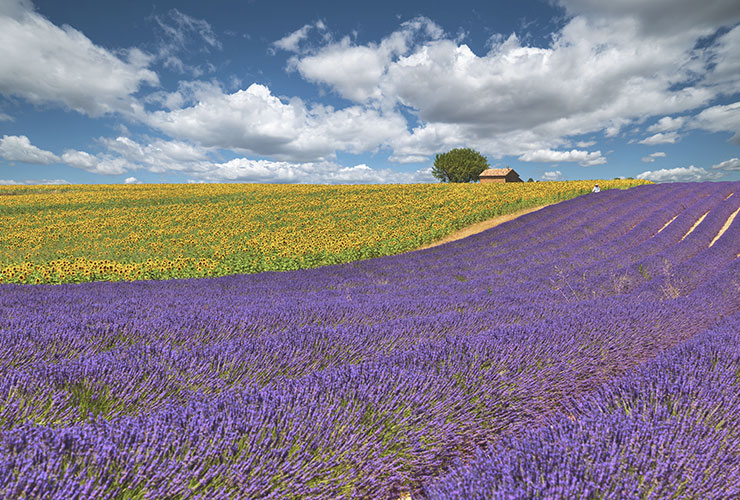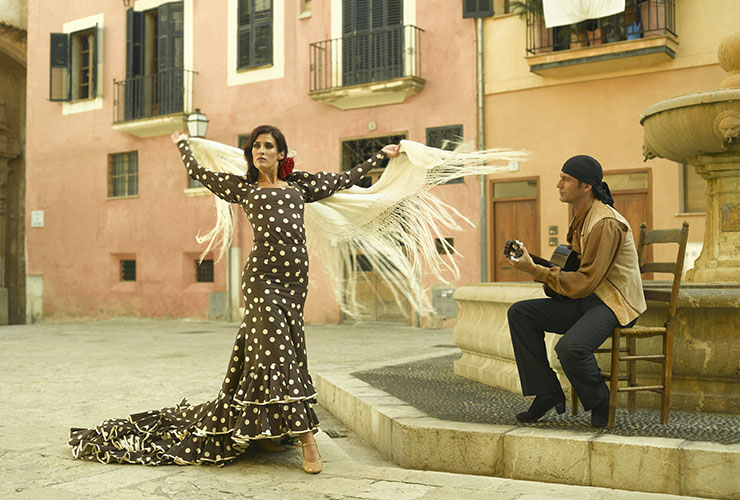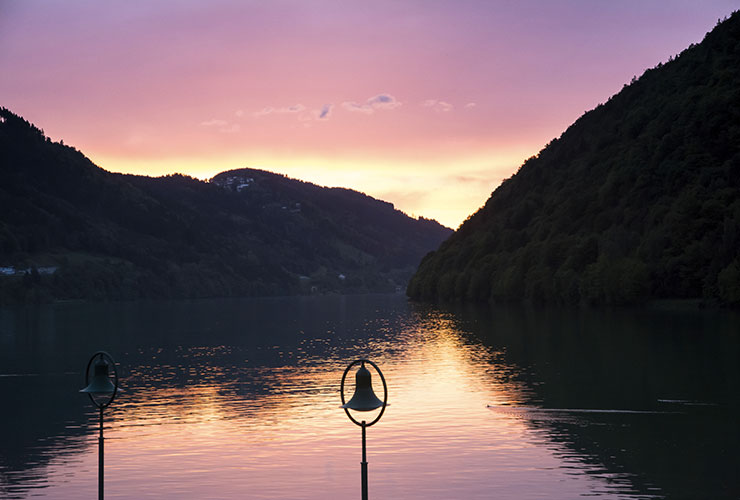Romantic Road Experience
The German Romantic Road is a charming journey of approximately 400 km from Füssen to Würzburg in the state of Bavaria, and can be travelled either from south to north and vice versa as you wish. It would take at least one week to visit and well appreciate only the most important and beautiful locations along the Romantic Road. On the way from south to north, the landscape changes from the majestic Bavarian Alps to the gentle valley of the Main River, crossing forests, farmlands and vineyards. The Romantic Road though offers much more than beautiful countryside and culinary delights. Romantic villages, dramatic castles, ancient towns surrounded by medieval walls, half-timbered houses, cathedrals, pilgrimage churches and monasteries follow one another like pearls on a necklace.
Germany’s Romantic Road still retains much of its medieval character. You can enter a town through an arched gateway complete with guard towers. You can enjoy medieval festivals and rest in historic hotels. Traveling on the Romantic Road you can experience the harmony of culture and hospitality that describes the German people living in towns whose impressive buildings have been preserved in their original appearance over the centuries. The route is loosely based on an ancient Roman road and many quaint locations deserve a stopover, such as the pilgrimage church of Wies (the Wieskirche) in Steingaden, perhaps the highest expression of Bavarian rococo.
The city of Augsburg is the oldest Bavarian towns. The name of the city itself reveals that its foundation was dedicated to the Roman emperor Augustus, and later during the centuries became a free city of the Holy Roman Empire. At the time of the wealthy banker family Fugger during the XVI century, Augsburg had a leading role in European finance and its monuments attest its glorious past. Nördlingen is a paradise for lovers of medieval constructions and its walls seem drawn with a compass. The lovely town of Dinkelsbühl is one of the archetypal towns of the Romantic Road. At the crossroads of two ancient trade routes (Baltic Sea-Italy and Worms-Prague), it is one of the only remaining walled medieval towns in the country, along with Nördlingen and Rothenburg. Dinkelsbühl can certainly give you a realistic picture of how towns appeared during the Middle Ages. Rothenburg ob der Tauber has a unique architectural context which seems to take us back in time and where you can pleasantly stroll. In the center you can visit the interesting Crime Museum: it is the only museum concerning law in Europe and you can learn about the development of jurisprudence in the 19th century, the history of penal laws and how they were imposed.
The Romantic Road ends in the amazing city of Würzburg, an important Episcopal site since the 13th century. The imposing fortress of Marienberg overlooks the town and in 1253 became the residence of the bishop-princes. The most sensational monument of Wurzburg is The Residence, considered one of the most beautiful baroque buildings in Europe, it was built between 1724 and 1744 by the famous architect Balthasar Neumann. Frescoes by Giovanni Battista Tiepolo decorate the imperial hall in a stunning scale that exceeds two floors and are absolutely remarkable.
The German Romantic Road can be explored in many different ways. We can easily help you arrange travel by bus or rental car and follow the brown direction signs. If you prefer biking you can instead follow the green direction signs. Here are only suggested some locations along the route, but if you follow your heart you will spend a peaceful vacation wandering off the beaten path.
 Hire Expertise
Hire Expertise Bespoke Itineraries
Bespoke Itineraries Travel Carefree
Travel Carefree



